U6-The future of architecture
The real question is how architecture as a discipline can adapt to the global crisis of the future, we have to rethink and redefine architecture for a futureless world. We live in an age characterized by the collapse of the very idea of the future. With the repeated economic crisis, and the seemingly definite collapse of the socialist project, our believe in the future was irreparably broken. Taking into account that in its conventional sense architectural projects are always a project of the future, the described situation must have had profound consequences for architecture as a discipline.
GREEN SPACES AS A PRIORITY
One of the most predominant issues in the sociality concern during the last few decades, has been climate change and the fact that not enough measures are being taken to avoid it. Part of these measures should come from urban design. That is why we predict the maximization of green space in every area, no matter how urban or populated.
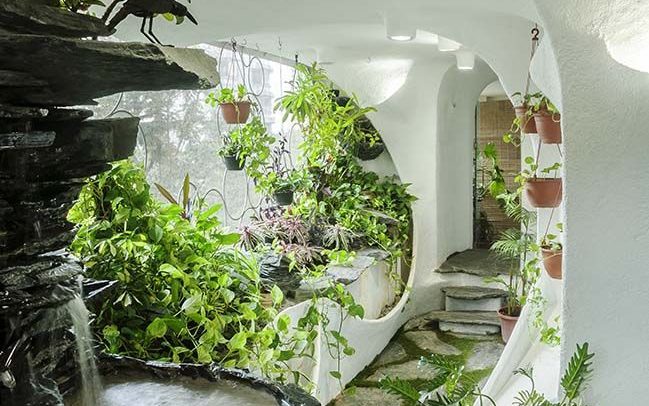
We all know that the more surface of vegetation for the absorption of co2, the better. So, given the constant wildfires and deforestation, there is, and will continue to be a need to recover this surface.
A strategy for urban green spaces
TRENDS THAT WILL SHAPE THE FUTURE OF ARCHITECTURE
In the age of Big Data and shifting culture trends, architects everywhere must heed the call for better design solutions. While we might not be colonizing other planets or planning for robotic flying cars, there are a few things that need the architectural industry’s attention. Everything from architectural design to construction techniques has improved.
Architecture is changing at an alarming pace, thanks to technological advancements. Here are some trends that are transforming the way we see the world.
-SUSTAINABILITY
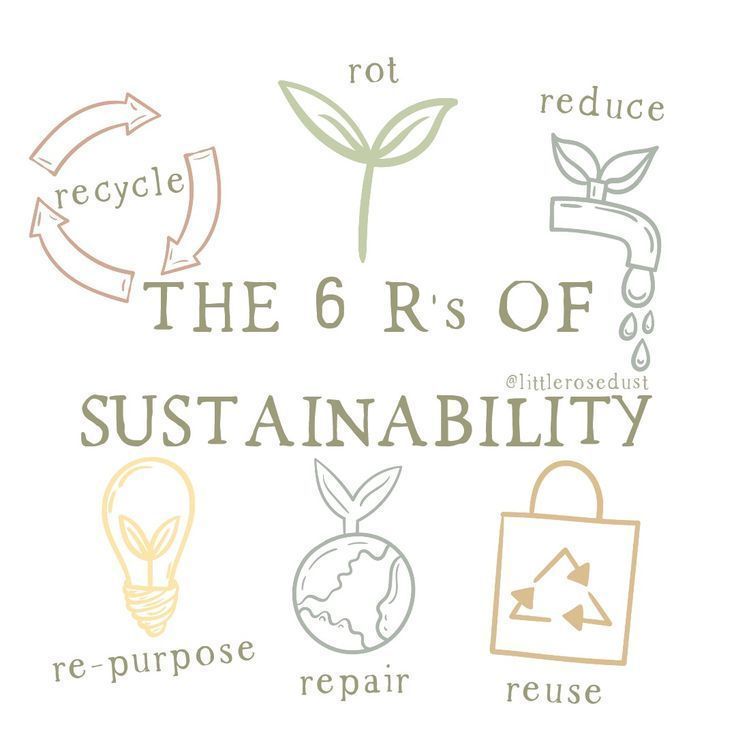
Sustainable architecture holds the key to an environmentally positive future. Only by living more economically with our resources can we hope to protect our environment and climate.
The philosophy behind sustainable architecture is all about reducing waste. This not only means physical waste but minimising energy loss as well. By keeping the energy we consume within our buildings for as long as possible, we need less supply in the first place. Using less energy to keep us comfortable means that we can become environmentally responsible and more resource efficient, which are both vital to reducing the effects of climate change.
| There are three overriding concerns when designing buildings with better considerations towards ecological impact. The first is the materials used for construction. The second concern is the energy efficiency of the building and the last factor to consider is the location of the building itself. The building might be energy efficient and use low impact construction technologies but this would not mean anything if the ecosystem suffers as a result of the building. A greater holistic approach to all of these design factors is becoming more prevalent in mainstream architecture. |
-EQUITY
This is a term well used in sociology (understanding wel the society will take a huge part in the architecture of the future) this adjective acknowledges that at times the allocation of resources and entitlements may need to focus on particular groups, individuals or areas of concern in order to allow and encourage their full participation in departmental practices and decision-making.
-BIG DATA AND SMART CITIES
It is still a relatively new and unexplored concept and its potential for human analysis is already obvious. This makes it a perfect and integral part of the planning and creation of smart cities.
As populations grow and resources become scarcer, the efficient usage of these limited goods becomes more important. Smart cities are a key factor in the consumption of materials and resources. Built on and integrating with big data, the cities of the future are becoming a realization today.
With the growth of our population and the advent of ideas such as big data and the Internet of Things, the natural step cities will take is to become more interconnected. There are millions of sensors in place already, monitoring various things in metropolises. In the near future, these sensors will multiply until they can monitor everything from streetlights and trashcans to road conditions and energy consumption.
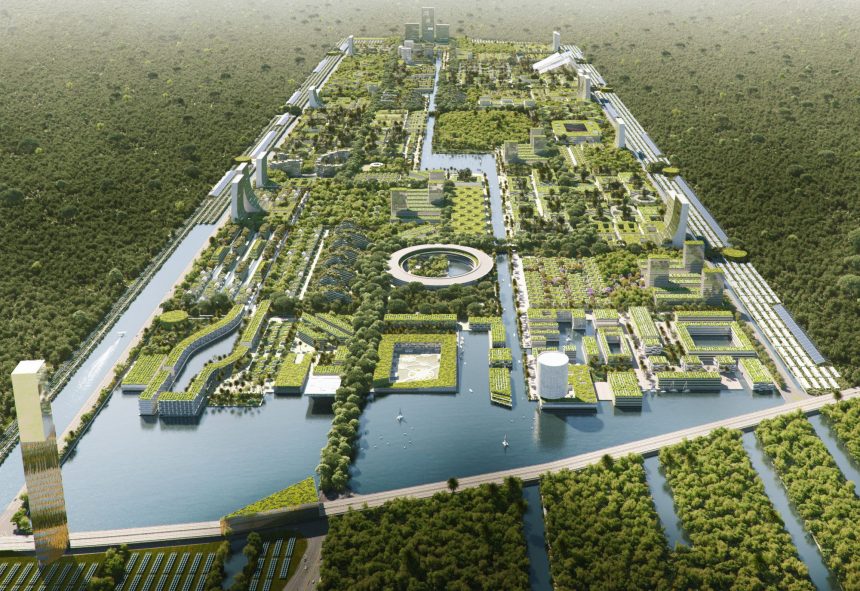
These smart cities will allow us to make more efficient use of our resources, lower our energy consumption, and build our cities to maximize efficiency. Big data is essential to understanding how people in cities move, how energy is used, how various aspects of infrastructure interact, and much more.
the integration of big data and interconnected technology, along with the increasing population, will lead to the necessary creation of smart cities. To continue providing people with safe, comfortable, and affordable places to live, cities must incorporate techniques and technologies to bring them into the future.
-INTERNET OF SPACES
The “sharing economy” has had the greatest impact on the housing and real estate market. Peer-to-peer online platforms, as well as shared workspaces are paving the way towards a future in which infrastructure is the dominant aspect of the built environment. Regarding residential architecture, the concepts of interconnectivity and smart design will redefine the way living spaces are created. Transformable spaces that adapt to the homeowner’s age, economic status and personal preference are well on their way to becoming mainstream.
-PARAMETRIC ARCHITECTURE
Parametric design is a generative design system, where adjusting the parameters will compute to create different types of outputs, and create forms and structures that would not have otherwise been possible.
Parametric architecture uses internally a geometric programming language that can be used directly by coding. Or you can design parametrically using a software extension of Rhino called Grasshopper and make the same operation visually with a User Interface. Grasshopper shows you the shape of the building, and gives you a way to define handles to control it.
It allows you to do some once impossible tasks when using traditional 3D modeling software. But moreover it changes the relationship we have with the finished building. We actually don’t build a building, but a shape that is controlled by a series of parameters or constraints. The computer and human imagination play together to design architecture. The second important point is that it moves architecture closer to programming language. As it is code behind the shape, everything we can make with code becomes possible: share the code, fork it, make libraries…
The limit of parametric architecture could be the construction itself: it may not be as flexible as what the software can produce.
-ARCHITECTURE ROBOTS AND 3D PRINTERS
The way we make things has changed, but will change more drastically still. Robotics is coming to the construction industry. It won’t be long before we are assisting in designing to a construction process that involves assembly robots. Assisted robotics, in which a human and robot work together to direct the construction process, is also on the horizon.
“Robotic construction and 3D printing are the future”
Wolf D Prix
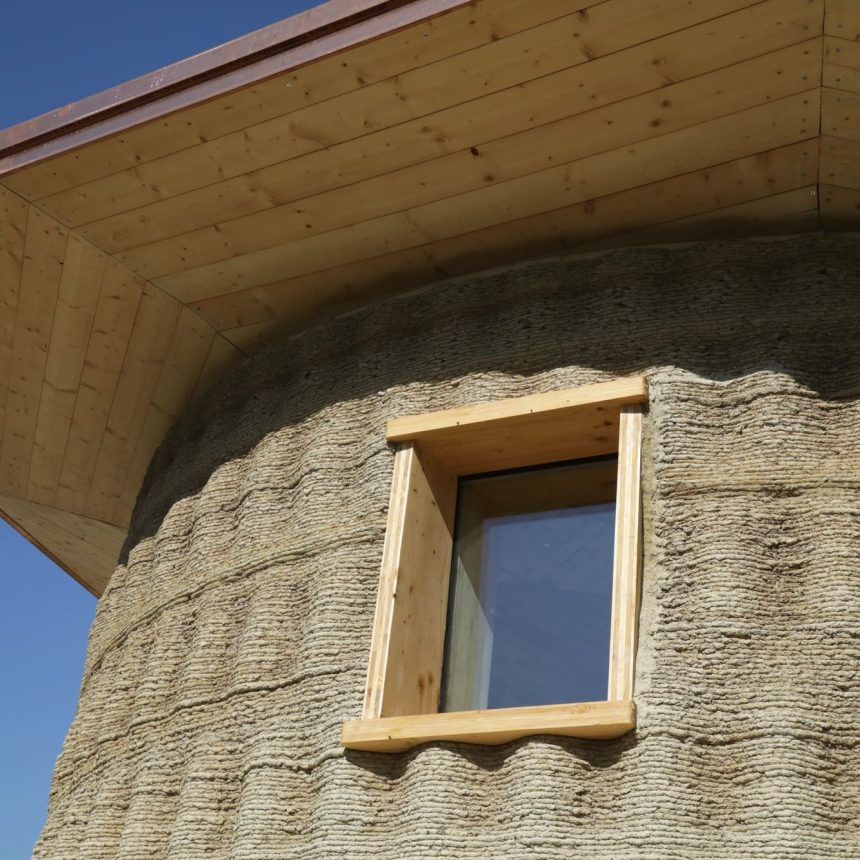
We’ve seen 3D printing of consumer items, but new algorithms can actually value engineering a structure, while solving the equation for structural resilience and material use. In architecture, we have seen parametric design tools assist in creating amazing structures. Now the use of large-scale 3D printers will help push the materiality of those structures. 3D-printed construction will greatly expand the limits of construction technologies.
3D printed house
For more information enter the sites:
1. 5 Trends That Could Shape the Future of Architecture
2. Emerging Trends That Will Shape the Future of Architecture
3. Emerging Trends That Will Shape Up the Future of Architecture
WHAT ENERGY IS EXPECTED FROM US IN A NOT SO FAR FUTURE
Great changes are coming in the energy sector in the next few years. The main reason for the big change in power generation is not due to the climatic situation, the change will come from a word that we human thing is the most important, MONEY.
The renewable energy that we will use the most soon is solar energy, Solar energy has become popular as one of the easiest renewable energies to produce.
The Growth of Renewable Energy: What Does the Future Hold?
CIRCULAR ECONOMY: THE FUTURE OF THE ARCHITECTURAL PRODUCTION
Circular economy is a production and consuming model that implies sharing, renting, reusing, repairing, renovating and recycling materials and products that already exist as many times as possible to create an added value. This way, the circle of life of the products is longer.
In Architecture, there is a lack of recycling. Whether this be due to a lack of information or simply lack of interest, buildings constructed after the crisis continue ignore the recommendations by the European system.
One way of we as architects making things better is at the hour of demolition. Instead of demolishing the previous buildings, we should find a way to reuse the previous structures, or some of the materials of the building.
Architecture and the Circular Economy: a pending partnership
NEW MATERIALS EMBRACING SUSTAINABILITY
The process of incorporating these and other new materials is not as straightforward as we would like. Every country, every company, and every project is different. It will take time, but innovations in construction are constantly being pushed forward by the invention of incredible new materials. Here are some of these materials:
Pollution absorbing bricks
The Breathe Brick was developed by Carmen Trudell, assistant professor at Cal Poly college of architecture and environmental design, and actively pulls pollutants in from the air and releases filtered air. Designed to be part of a building’s ventilation system. In the center is a cyclone filtration system that separates out the heavy air particles from the air and collects them in a removable hopper. It basically functions as a vacuum.
Self healing concrete
Dutch civil engineer, Dr. Schlangen of Delft University created plans for a self-healing concrete. The process involves exposing the concrete to heat in order to cause the material to melt and reform as it cools down.
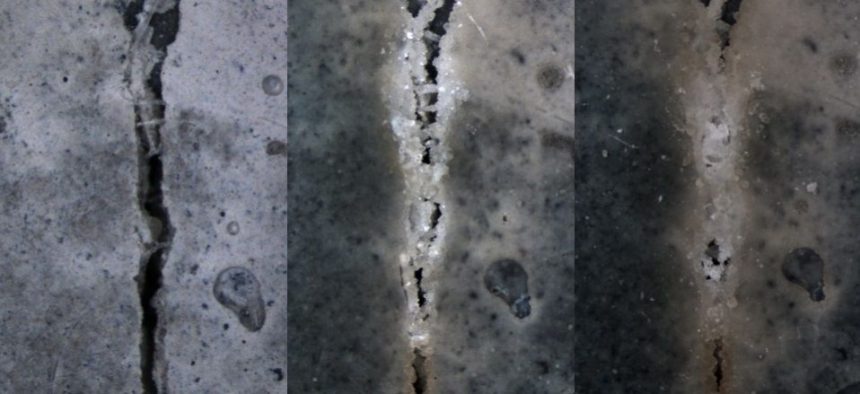
A similar alternative, created by Microbiologist Hendrick Jonkers is a self-regenerative bioconcrete. Infused with bacteria, bioconcrete is able to fill any cracks made in its structure with limestone, effectively enabling it to heal itself. Bacillus bacteria, a strain that thrives in alkaline conditions such as concrete, would be placed in biodegradable capsules, as would calcium lactate, the bacteria’s food source. When the concrete cracks, water enters the capsules and splits them open, allowing the bacteria to feed on the lactate and begin to form the limestone that heals the crack.
Exterior Wall Deck
The deck is a 100% sustainable material resistant to UV rays and very versatile to decorate the exterior cladding of your home. It also repels moisture, becoming a highly durable material. The deck offers a touch of freshness, elegance and avant-garde for any outdoor space you want.
Cork
It is the most widely accepted ecological insulation material for effectively fulfilling the function of insulation, it is recyclable and renewable and is generally used in the form of pressed cork panels. It has unique qualities such as impermeability, being almost impervious to liquids and gases, and rot-proof in the presence of humidity, which makes it ideal for floors or basements.
Cellulose
It is also considered an ecological insulating material, whose main use is due to its heat storage capacity and its acoustic insulation. It is composed of waste paper, being 92% recycled newsprint plus boric salts and other additives. It is a joint-free insulation, which forms a block of homogeneous mass and is applied blown in chambers, cladding or on slabs.
For more type of this information I recomed you enteriong in these web sites:
7 materials that are set to change the building industry.
